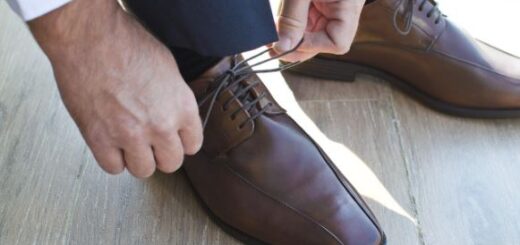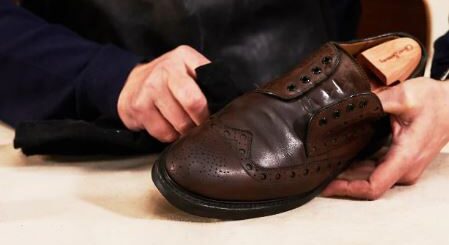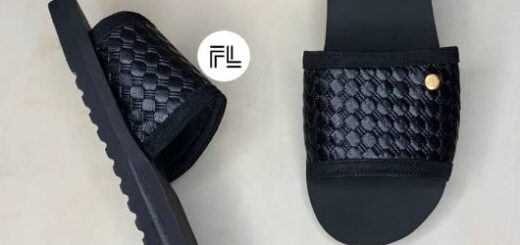Rethinking Boot Comfort: A Simple Lacing Trick That Changes Everything
Footwear preferences vary wildly—some people absolutely swear by boots for their durability and support, while others find them cumbersome and restrictive. One of the most common complaints about lace-up boots is the pressure and irritation they can cause around the ankle and lower leg, especially when worn for extended periods. However, there’s an easy yet often overlooked adjustment that can transform how boots feel: skip the final pair of eyelets when tying your laces.
A Practical Issue for Many Boot Wearers
If you’ve ever worn tall lace-up boots, you probably know the sensation: that nagging tightness around your shins or the back of your ankles that doesn’t seem to go away, no matter how you adjust the laces. It can be particularly uncomfortable when bending down, squatting, or walking long distances. While boots excel in providing warmth and protection—especially in harsh climates—they often sacrifice flexibility and comfort in the upper shaft area.
For those of us who prioritize ease of movement and minimal restriction around the legs, this can be a dealbreaker. But ditching boots entirely isn’t always feasible, particularly in regions with cold winters, wet terrain, or rocky trails. So, the question becomes: is there a middle ground between stability and comfort?
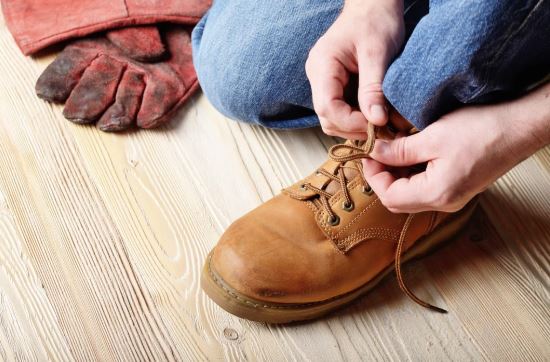
My Love-Hate Relationship With Boots
Personally, I’ve always leaned toward shoes that let my ankles move freely. Sneakers, loafers, and low-cut hikers have long been my go-to choices. The freedom of not having my legs encased in leather or canvas just feels right. That said, I live in Sweden—where winter isn’t just cold, but a prolonged, icy challenge. When snow piles up and sidewalks freeze over, wearing something light and breathable just isn’t practical.
So, like many others, I turn to boots when the temperature demands it. I understand the appeal: the snugness offers security, and the high tops prevent snow or debris from getting inside. Still, that constricting sensation around the upper edge of the boot has always bothered me. But after experimenting with different lacing techniques, I found a surprisingly effective fix.
The Trick: Leave the Top Eyelets Unused
Instead of tying your laces all the way to the very top, stop just short of the final eyelet or hook. This creates a small but significant change in the way the boot interacts with your leg. Without that last point of tension, the collar of the boot can flex more naturally with your movements. The boot no longer pulls tightly against the soft tissue just above the ankle, reducing discomfort drastically.
This small tweak may seem inconsequential at first, but the results can be transformative—especially once the boot has broken in and the upper has softened. You’ll still get a secure fit, as the lacing holds everything firmly in place below. However, the top of the boot now moves with your leg rather than against it.
Improved Mobility and Comfort
Boots are built to offer protection, but often at the expense of mobility. When fully laced, they tend to stiffen up the ankle area, limiting natural motion. This can become particularly noticeable during activities that require bending or squatting, such as tying a shoelace, picking something off the ground, or climbing stairs.
By skipping that final lacing point, the boot shaft retains more give, reducing the strain on your leg during those movements. The result is a smoother, less restrictive experience. It also prevents potential irritation and pressure marks that can develop over time in that upper ankle zone.
This technique doesn’t compromise the overall fit of the boot, either. In contrast to lacing everything loosely—which can lead to slippage and instability—this method maintains a snug lower fit while easing tension only where it’s truly needed.
How This Works in Harsh Weather
This winter in Sweden has been especially harsh—icy winds, freezing temperatures, and slush-filled streets have made boots an everyday necessity. My Midas x Skolyx hand-welted service boots have seen heavy use during these conditions. They’re tough, weather-resistant, and offer the kind of warmth and durability you need to get through Nordic winters.
Yet, during my long walks through snowy parks or when running errands around town, I noticed that leaving out the final eyelets made these boots significantly more wearable. I didn’t need to constantly adjust or loosen them, and I could wear them comfortably for hours without feeling like my ankles were trapped.
Some people might not love the visual of an unlaced top, especially on boots with hooks that seem like they’re meant to be used. But in my book, functionality always takes precedence over aesthetics. If a minor style compromise results in a major boost in comfort, I’ll take that trade every time.
A Word on Lacing and Durability
Lacing your boots correctly isn’t just a comfort issue—it can also affect the longevity of your gear. Tightening laces unevenly or yanking them aggressively through every eyelet can cause them to fray or snap prematurely. It can also place unnecessary stress on the boot’s construction.
If you’re concerned about support or worried that skipping the final eyelets might cause the boot to feel loose, try experimenting with different lacing patterns. You can double back, use a heel-locking method, or tighten more firmly at the lower sections while easing up at the top. There are countless lacing styles out there, and many are designed to accommodate specific foot shapes or usage needs.
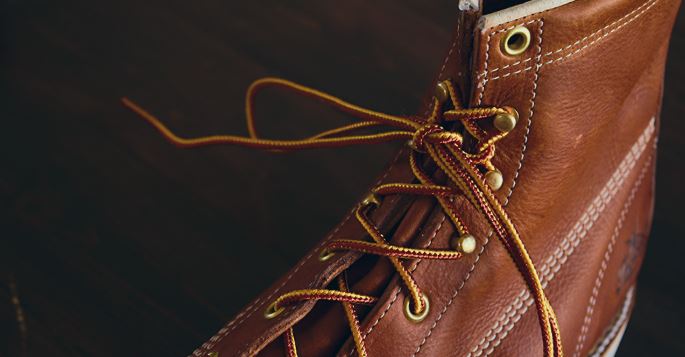
Who Should Try This?
If you find tall boots uncomfortable around the top, or you’re someone who spends long hours walking, standing, or working in boots, this small adjustment might make a big difference. It’s especially useful for:
- People with sensitive ankles or lower legs
- Those with wider calves who find standard boot openings too tight
- Individuals recovering from minor leg injuries or swelling
- Anyone who wants more ankle mobility without switching to low-top footwear
Comfort Shouldn’t Be a Compromise
At the end of the day, the purpose of any piece of clothing or gear is to make your life easier, not harder. Boots are designed to offer protection, but that shouldn’t mean you have to endure discomfort every time you lace them up. This simple, almost counterintuitive lacing technique might be the thing that finally makes boots work for you, especially if you’ve struggled with their fit in the past.
Give it a try. You might find that a small change leads to a surprisingly big improvement in how you feel during the day. And who knows? You might even start to love boots a little more once they stop fighting against your legs.
Frequently Asked Questions
What is the main discomfort some people experience with lace-up boots?
Many people feel pressure or irritation around the ankles and lower legs, especially near the top of the boot shaft, which can be uncomfortable during movement.
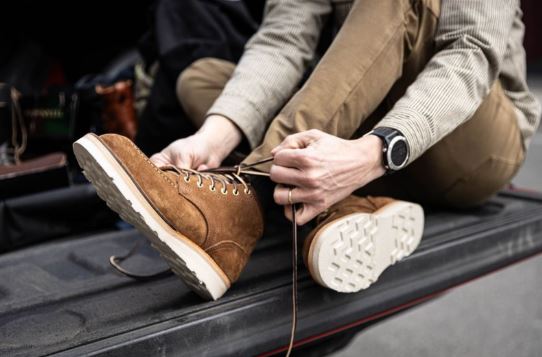
What is the suggested solution to relieve boot shaft discomfort?
Skip lacing the final pair of eyelets or hooks to allow more flexibility and reduce pressure at the top of the boot.
Why does this lacing adjustment work?
It allows the top of the boot to move more naturally with your leg, preventing tightness and irritation without compromising overall support.
Is this method suitable for cold climates?
Yes, it’s particularly useful in harsh winters where boots are essential, as it increases comfort without sacrificing warmth or protection.
Will skipping the top eyelets make the boots feel loose?
No, the rest of the boot remains securely laced, so your feet stay stable while reducing tightness only at the top.
Does this technique affect the durability of boot laces?
It can actually help prevent laces from wearing out quickly, since there’s less strain and pulling at the top.
Who benefits the most from this lacing method?
People with sensitive ankles, wider calves, or those who need more flexibility for tasks like walking, bending, or working long hours on their feet.
What if someone doesn’t like how it looks?
Although it might alter the appearance slightly, comfort often outweighs aesthetic concerns, especially for daily wear.
Can this method be used with any type of lace-up boot?
Yes, it works with most lace-up boots, whether they use eyelets or speed hooks at the top.
Is this better than lacing loosely all over?
Absolutely—this method provides a secure fit below while only loosening where flexibility is needed, unlike loosening the entire boot which reduces overall support.
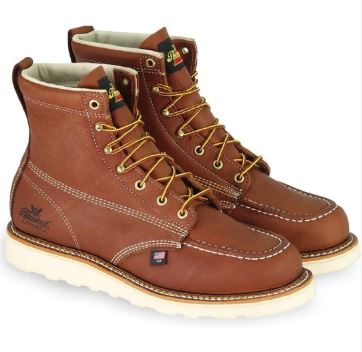
How can users further customize boot fit?
They can experiment with alternative lacing techniques, like heel-locks or staggered tension, depending on their needs.
What is the article’s overall message?
Comfort doesn’t have to be sacrificed for function—simple adjustments like skipping the top eyelets can greatly improve how boots feel during everyday use.

